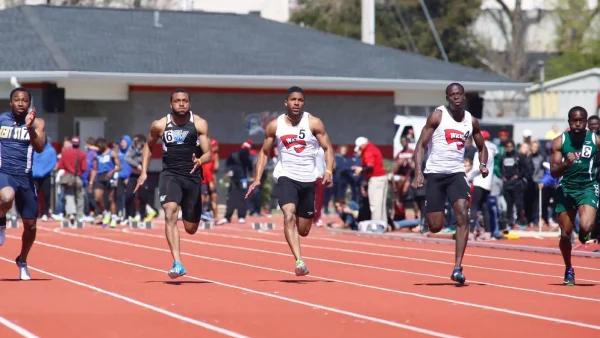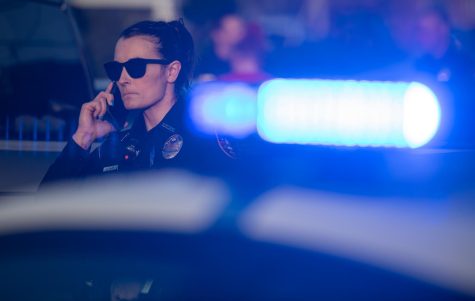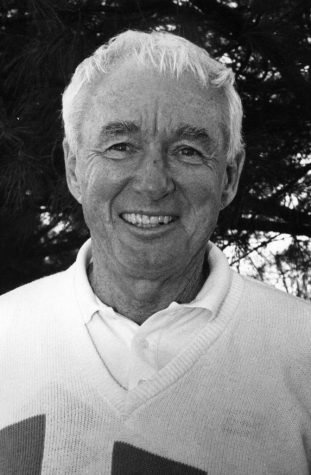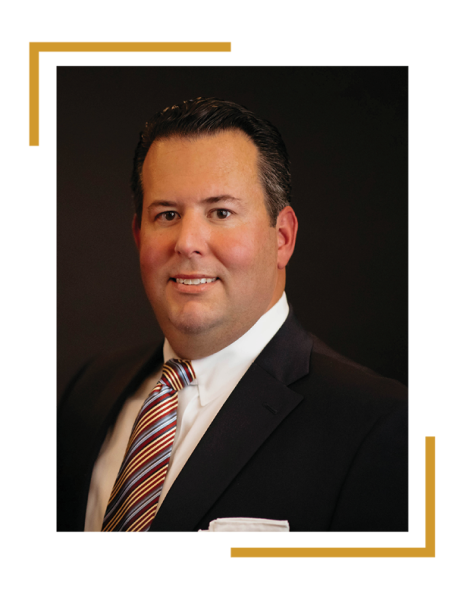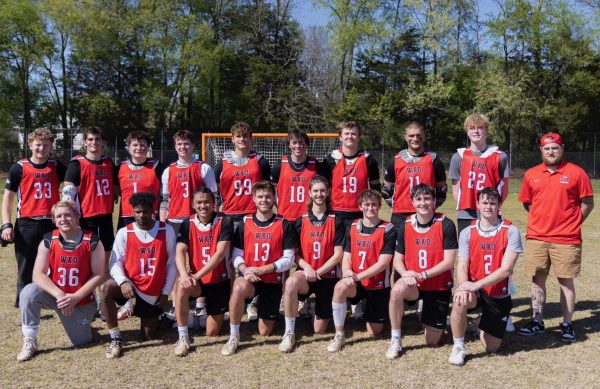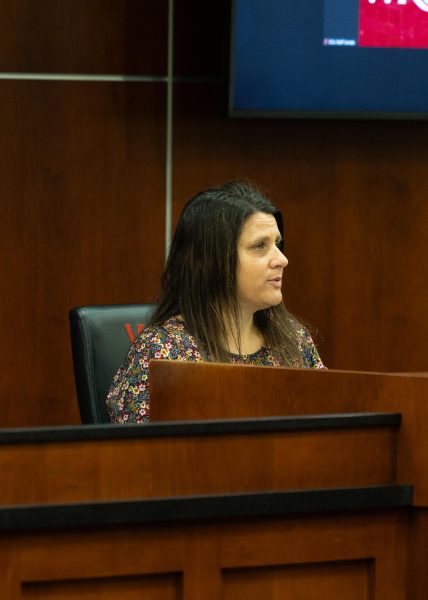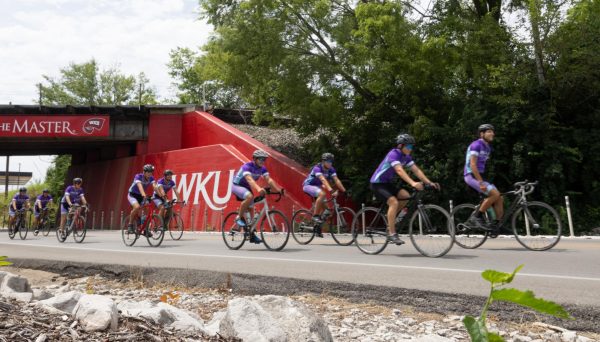New African-American museum has WKU ties
September 30, 2011
After allocating $123,000 for the city’s first African-American museum at last week’s Bowling Green Board of Commissioners meeting, a location and tentative opening date are set.
The museum will open in either June or July 2012, if all goes as planned, and will be housed at 301 State Street, said Dr. John Long, longtime professor in the department of philosophy and religion and a member of the Steering Committee for the museum.
Long said there’s been an expressed interest in an African-American museum since 2001. The New Era Planning Association jumpstarted the plan with a desire to “show what was the vibrancy of life in the black community of Bowling Green.”
“Anything that was accomplished (in black communities) and great things that were done were not much noticed,” Long said, adding that blacks aren’t pictured in Bowling Green history books until the 1970s and 80s.
“In the past, there was an intentional and systematic exclusion of the community from white Bowling Green. There were places people could not go and things they could not do that was built into segregation itself. (Whites) didn’t necessarily treat them in a mean way, but they just ignored them, in a sense of speaking.”
The museum will hold oral histories as well as artifacts that have been passed down through generations, such as family records, pictures and newspaper articles, said city commissioner Brian Nash.
“History has been wiped out in the interest of urban renewal or progress,” Nash said, referring to the areas known as Shake Rag and Jonesville that used to be “thriving African-American communities.”
Shake Rag refers to what used to be a black community near State Street, where the museum will be built. Jonesville was a community that once stood in the space WKU’s athletic fields now occupy.
While some still harbor negative feelings because of the dispersion of Jonesville in the 1960s, Long hopes the museum will help “overcome a lot of problems, tension and areas of misunderstanding between persons and communities here in Bowling Green.”
WKU will be involved with the creation of the museum. Six faculty members are on the Steering Committee, while several others have expressed individual interest.
“Western is an important part of this community, and it has a tremendous impact — just sometimes not the most positive one,” Long said. “But also, even after the dispossession of people back in the 60s, there are a lot of people who have strong, positive feelings for Western.”
Nash said that although people can’t go back and restore the dispersed communities, they can celebrate them.
“When it comes down to knowing how African-Americans may feel about some things, I know, and I understand how people feel when they say we want to have our story told,” Long said. “This is being done for positive reasons — strongly positive reasons. People are never going to know anything about this city, this county, this state, unless you tell the whole story.”














